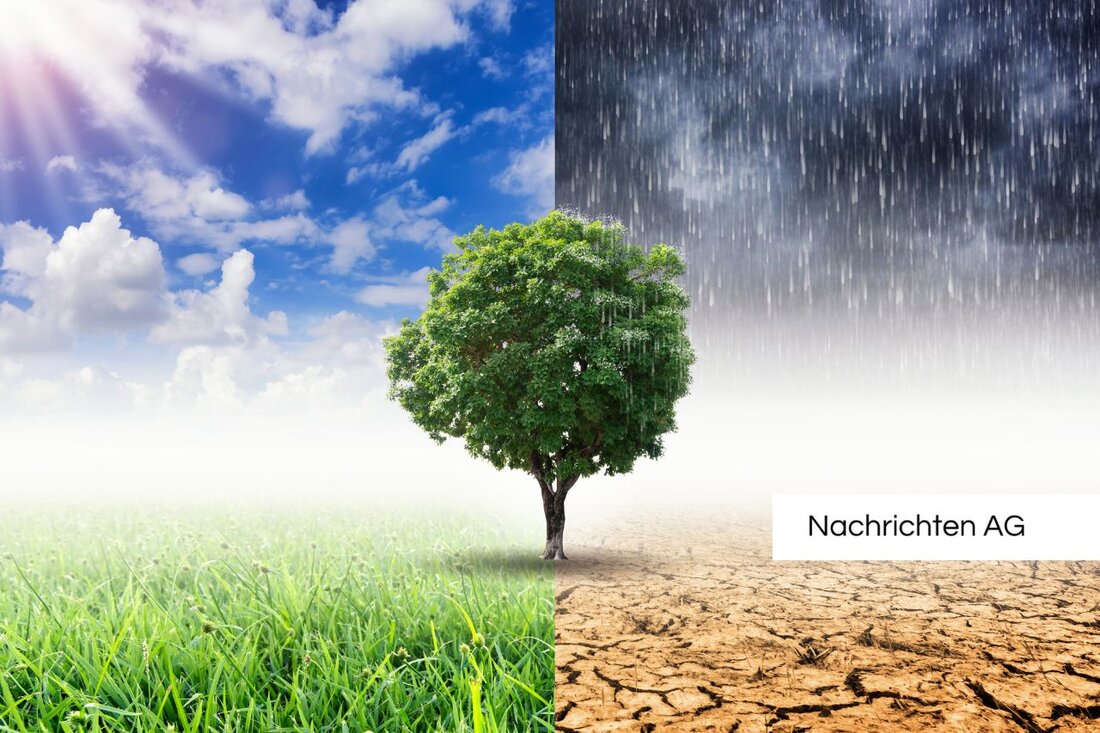Art festival inspections: When climate change becomes inspiration!
Art festival inspections: When climate change becomes inspiration!
in the heart of Chemnitz, where the halls of the coal -fired power plant once generated pulsating energy, the “inspections” art festival is currently celebrated. This event attracts great crowds and creates a fascinating and futuristic atmosphere in the middle of the gigantic tanks and the cooling tower. MDR reports that this special site also offers the ideal backdrop for contemporary works of art. Festival goers can look forward to a colorful program that not only includes art installations, but also concerts, readings, theater performances and workshops.
A highlight of the festival is the installation "Green Screen" by Hito Steyerl, which deals with monitoring by technology groups and transmits the power to plants. Based on the motto of the “Everything is Interaction” festival, the interactions in nature are discussed, inspired by the ideas of the famous natural scientist Alexander von Humboldt. Climate change is also the focus of the event, which has increasingly gained relevance for many artists in recent years.
artistic diversity in the power plant
The exhibition in the coal -fired power plant is made up of an impressive collection of works. From the poetic apparatus of the artist Rikuo Ueda to a mountain from Asphalt from Lara Almarcegui, which addresses the ecological footprints of the construction industry, there is something for every taste. Kulturrein-ideen emphasizes that well-known artists such as Olaf Nicolai, Gregor Schneider and Henrike Naumann present their works in the power plant. The “Begungs” association has been using empty buildings in Chemnitz for 22 years to promote art and create a platform for creative forms of expression.
But the coal -fired power plant brings special challenges, which the team behind the "inspections" successfully mastered. The organizers have managed to create an appealing art environment with innovative concepts that meet the requirements of the historical building. A large number of artists thus show that the connection between art and ecology is not only possible, but also necessary.
A look at ecological responsibility
The examination of climate change is not only important during the "inspections". Deutschlandfunk makes it clear that the art company has to deal with its ecological responsibility more than ever. The frame construction of Haus-Rucker-Co, which was built for Documenta 6, is an early example of how art can take an ecological view of the future. Today, climatic issues are central aspects of contemporary art scene, and large exhibitions and art fairs are criticized to cause high climate tablings through elaborate climatic conditions and long arrival.
The “Consuming” festival shows that art can not only be a mirror of society, but also an active participant in dialogue about the challenges of our time. The current art scene in Chemnitz impressively proves that creative solutions and a sustainable approach can go hand in hand.
| Details | |
|---|---|
| Ort | Moritzstraße 20, 09111 Chemnitz, Deutschland |
| Quellen | |


Kommentare (0)